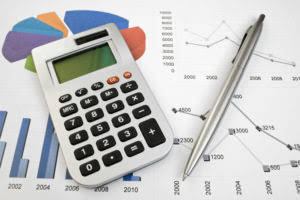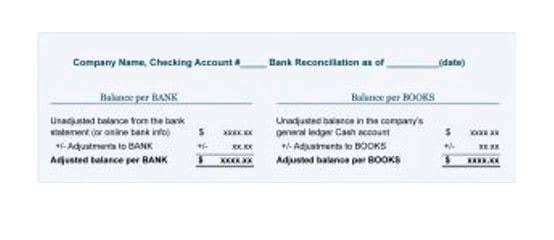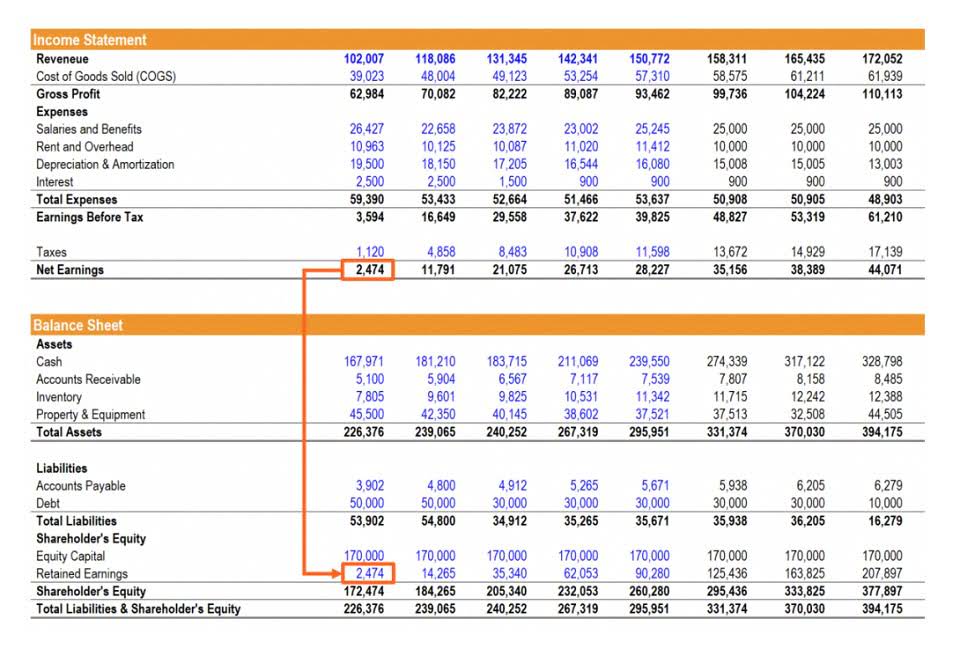
Yes, period costs can fluctuate, but they generally remain more stable than product costs, as they are not directly linked to the production volume. Calculating period costs helps you understand how much your business is spending on non-production activities, making it easier to control overhead and improve budgeting. Period costs are recorded as expenses in the accounting period they occur in, rather than being assigned to a specific product or inventory. This means they’re accounted for immediately, without being tied to the cost of goods sold. Variable costs are the expenses that change with the level of production or sales. The management accountant must carefully evaluate the time expenditure to see if it will be included in the income statement.
What Are Different Accounting Methods For COGS?

Investors can use the data from Apple’s 10-K filings to examine total operating costs for several quarters or years. They can then compare these numbers to determine whether the company effectively manages operating costs over time. One of the main goals of a business is to maximize profits, which are the revenues the company generates minus the expenses it incurs. When revenue increases, profits also increase; an increase in expenses, however, can Bakery Accounting cut into profits. As a result, businesses often try to reduce operating expenses to increase profits, which can often be done more quickly and easily than increasing revenue.
- Some examples include General administration costs, sales clerk salary, depreciation of office facilities, etc.
- For example, if you manufacture widgets for sale, each widget has its direct material and direct labor cost on your income statement.
- Raw materials, labor, and commissions might be few examples of the costs incurred by an organization.
- It might be 50% complete with respect to the conversion process that transforms those raw materials into finished products.
- The First-in, First-out (FIFO) costing method solves this by using the costs of the earliest-made products first.
Period Costs Meaning, Types, Advantages and Examples
With LogRocket, you can understand the scope of the issues affecting your product and prioritize the changes that need to be made. LogRocket simplifies workflows by allowing Engineering, Product, UX, and Design teams to work from the same data as you, eliminating any confusion about what needs to be done. By aiming to create a useful product with minimal features, you can avoid spending too much time and money on features that may or may not resonate with your target market.

What is Absorption Costing?
Yes, you will calculate a fixed overhead cost per unit as well even though we know fixed costs do not change in total but they do change per unit. When we prepare the income statement, we will use the multi-step income statement format. Costs of revenue exist for ongoing contract services that can include raw materials, direct labor, shipping costs, and commissions paid to sales employees. These items cannot be claimed as COGS without a physically produced product to sell, however. The IRS website even what are period costs lists some examples of “personal service businesses” that do not calculate COGS on their income statements.

Variable Costing Vs Absorption Costing

The indirect expense related to manufacturing a finished product that cannot be directly traced is the factory or manufacturing overheads. In other words, overheads are that cost that is neither direct material nor direct labor. That is why overheads are indirect costs that include indirect labor and material costs. Product costs (also known as inventoriable costs) are those costs that are incurred to acquire, manufacture or construct a product. In manufacturing companies, theses costs usually consist of direct materials, direct labor, and manufacturing overhead cost. Product cost vs period cost is treated differently in financial reporting.
Overhead and Fixed Expenses
- Using the same example from the weighted average method, let’s use the following facts.
- Weighted-average costing mixes current period expenses with the costs from prior periods in the beginning inventory.
- To spend time or money on deciding each unit’s responsibility for overhead costs down to the micro-penny is a waste.
- However, even with the price break, there is still an increase in cost as production increases.
- It is different from the non-inventoriable cost, which only includes the cost of running businesses, but anything directly related to the production or manufacturing process.
So when these firms allocate overhead, they also allocate direct materials and direct labor, i.e. all product costs. Period costs are Accounting Periods and Methods incurred for direct material, direct labor, and variable overhead costs, which are integral to understanding B2B SaaS and its advantages. A period cost is a cost that the company incurs during a specific period.
There is no ads to display, Please add some







